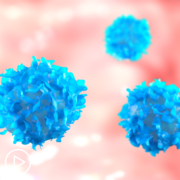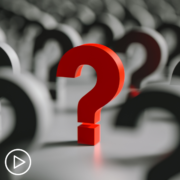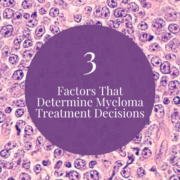Evolving Myeloma Treatment Options | CAR T-Cell Therapy
Evolving Myeloma Treatment Options | CAR T-Cell Therapy from Patient Empowerment Network on Vimeo.
What is CAR T-cell therapy, and who is it right for? Dr. Omar Nadeem of Dana-Farber Cancer Institute discusses the role of this therapy in myeloma care and shares an update in ongoing CAR T-cell therapy clinical trial research.
Dr. Omar Nadeem is the Clinical Director of the Myeloma Immune Effector Cell Therapy Program and Associate Director of the Multiple Myeloma Clinical Research Program at the Dana-Farber Cancer Institute. Learn more about Dr. Nadeem.
Download Resource Guide
Related Resources:
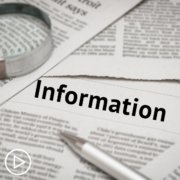
Clinical Trials for Myeloma Treatment | Essential Information for Patients |

Personalized Medicine for Myeloma Treatment | What Patients Should Know |
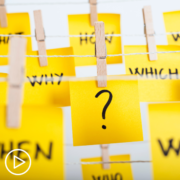
|
Transcript:
Katherine:
Well, I’d like to talk about some new and emerging therapies in myeloma, starting with CAR T-cell therapy. Can you talk about who this treatment option might be appropriate for?
Dr. Nadeem:
So, yeah, just to kind of give folks background, CAR T-cell therapy is a form of immunotherapy, where we take out an individual’s T-cells and then re-program them, essentially, to recognize myeloma cells. Right now there’s two approved CAR-T products for multiple myeloma, both in the relapse refractory setting. It’s really for patients that have had four or more lines of therapy.
So, that’s a lot of different combinations that we currently have available. Those therapies stop working before patients are actually eligible for CAR-T cells at the moment. Both of these CAR T-cell products have been gamechangers in terms of improving prognosis for patients.
The good thing about CAR-T cells is that it is a one-and-done treatment. So, patients, when they go through that initial phase of therapy, they are then off therapy, although we are now starting to study certain therapies that we may administer after CAR-T cells to get them to last even longer than they currently do, but that’s still in, for example, that’s one of the clinical trials or many of the clinical trials that are currently ongoing now, to try to answer that question.
So, a lot of patients can be eligible for CAR-T cells. They have to have the prerequisite amount of therapies. Again, there are some sort of baseline fitness characteristics that we look at for patient’s ability to tolerate it. But as a whole, I consider CAR T-cell therapy more broadly applicable to myeloma patients than compared to, let’s say, a stem cell transplant.
Katherine:
How has this therapy revolutionized myeloma care?
Dr. Nadeem:
Yeah, before the first approval, now a few years ago, in this space we didn’t really have anything like this to offer patients. So, many of the combinations and other compounds that were in clinical trials would have a response rate somewhere around, let’s say, 30 percent. So, 30 percent of patients may respond to that therapy in that space, and that may only last a few months, and that was considered successful not that long ago. Now, with CAR T-cell therapy and bispecific antibodies, these therapies are highly efficacious.
You see response rates of 70 to 100 percent in some of these immunotherapies, and what that’s translating into is patient’s disease staying away for a year or two years, even three years in some of these clinical trials. And again, this is completely unprecedented compared to what we had before.
Katherine:
I understand that there are a number of clinical trials for different types of CAR T, or even using it earlier in the disease. Can you share updates in CAR T-cell therapy research?
Dr. Nadeem:
Yeah, so, exactly as you pointed out, there have been trials already, actually, that have been completed, Phase III studies looking at CAR T-cell therapies in earlier relapses. So, patients that have had either one of two lines of therapy.
Both our CAR-T therapies have been compared to standard of care in that space and have shown superiority, and this is something that we all have been kind of waiting for to see if you deploy it earlier, perhaps you’re going to see even greater benefit, and that seems to be the case in some of these trials, and now we’re awaiting, hopefully, approval of some of these CAR T-cell therapies to be administered earlier because in fifth line, it’s very different than treating patients in second or third line, which I think will really vastly improve our ability to deliver this therapy to many patients, as it can be quite challenging for patients that are in fifth line, to allow them to go through the process of CAR-T cells and then having them be administered.
I was looking at it head-to-head with stem cell transplant, as I mentioned before, and this is in the context of quadruplet and induction therapy followed by either CAR-T cells or stem cell transplant, and then followed by maintenance therapy. So, really trying to see if I can overcome what we typically have achieved with stem cell transplantation.
We also are doing some studies even before that. So, patients, again, in high-risk smoldering myeloma, which we know have an increased risk of developing newly diagnosed disease in the next few years, perhaps that could be the time where we can give some of these immunotherapies, and that’s some work that we have going on at our center.

